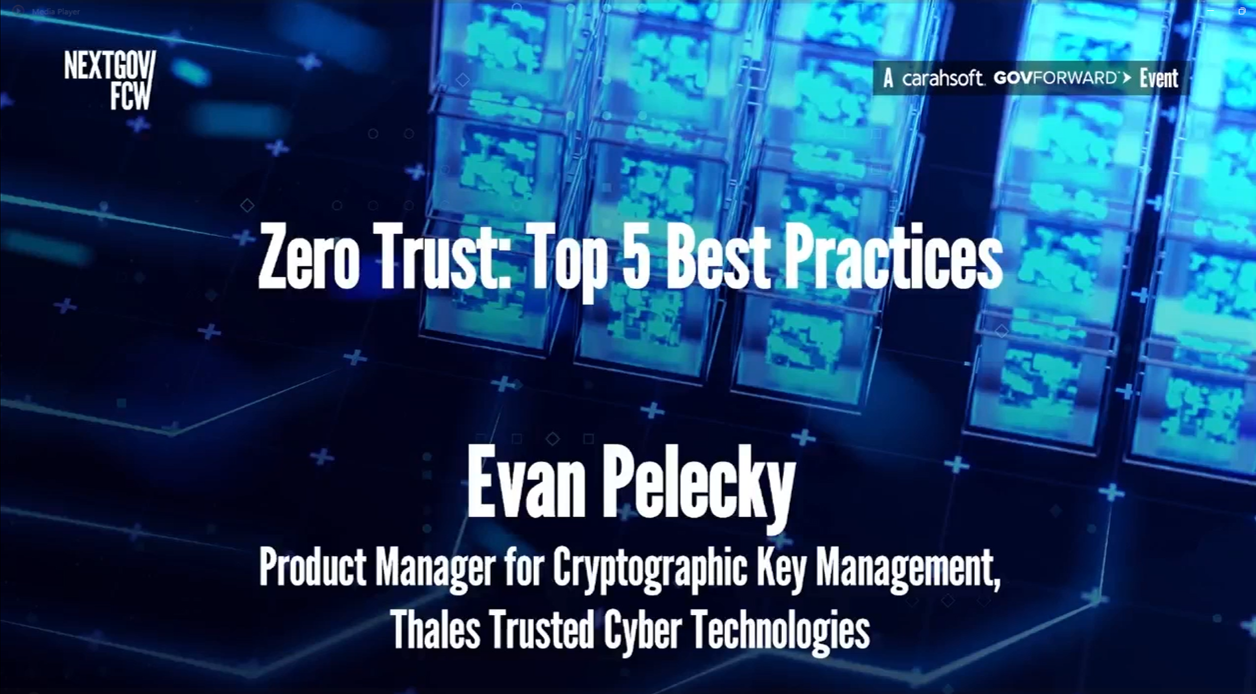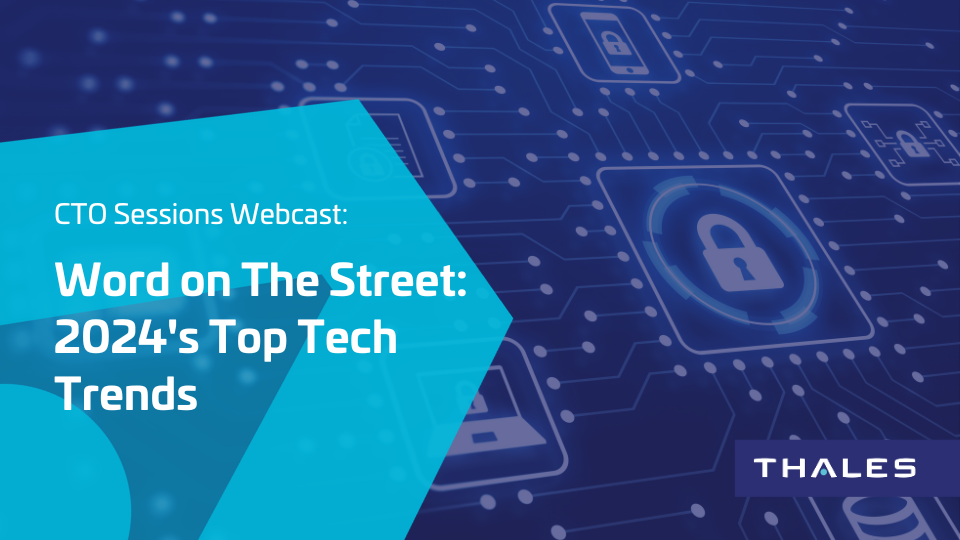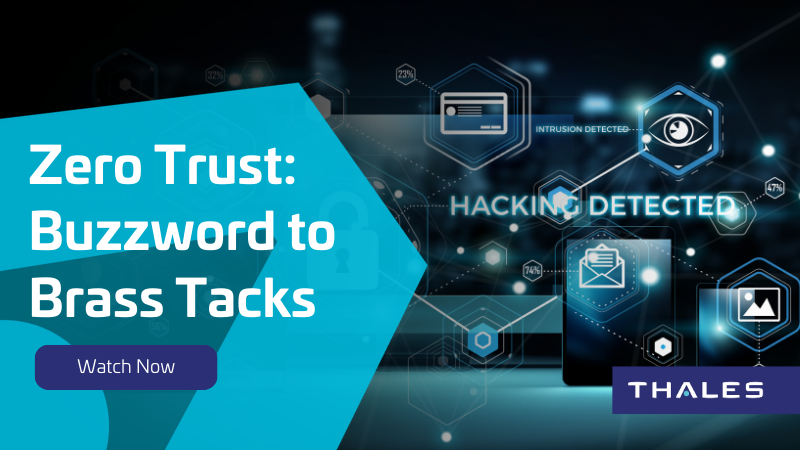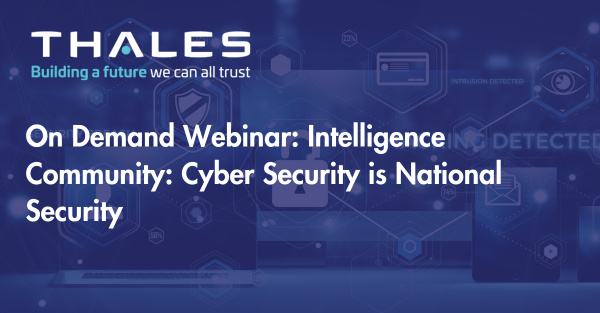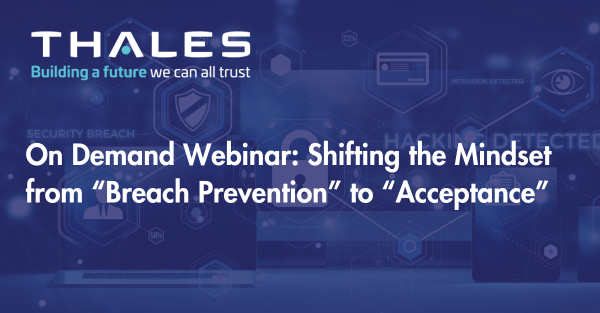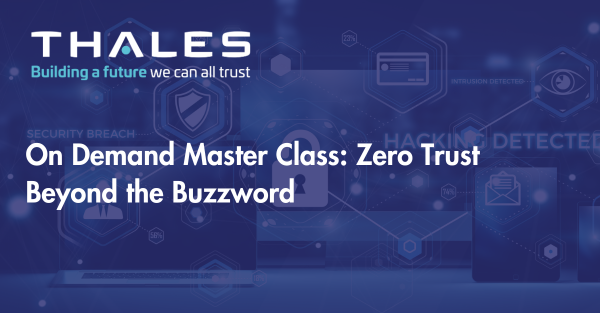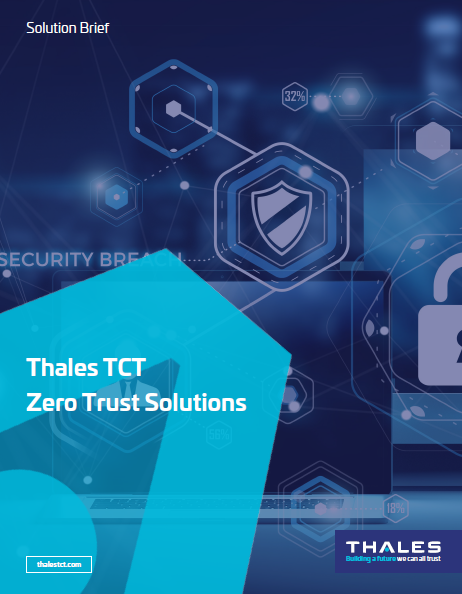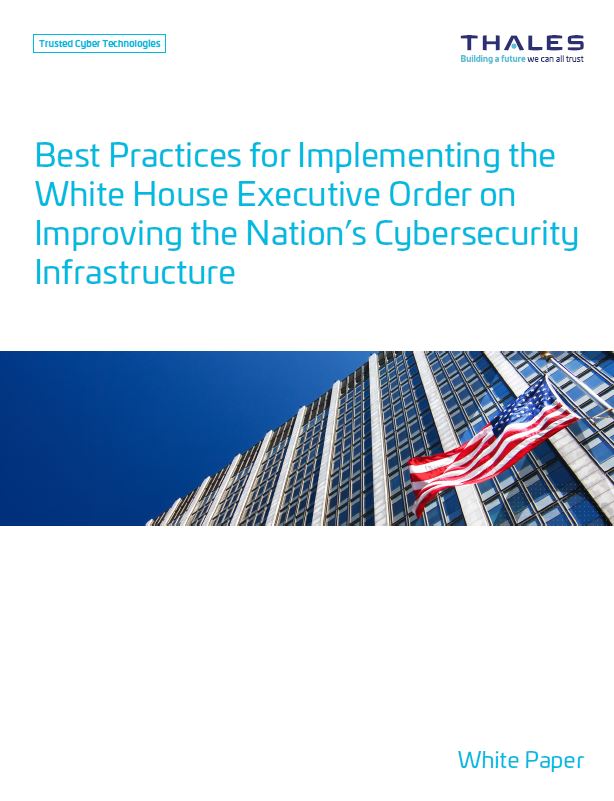WHAT IS ZERO TRUST?
Zero Trust is a strategic initiative and principle that helps organizations prevent data breaches and protect their assets by assuming no entity is trusted. Going beyond the “castle-and-moat” concept which had dominated traditional perimeter security, Zero Trust recognizes that when it comes to security, trust is a vulnerability. Traditional security considered all users trusted once inside a network—including threat actors and malicious insiders.
By eliminating the concept of a “safe” network, Zero Trust requires strict identity verification and moves the decision to authenticate and authorize closer to the resource. The identity of the user/device/service provides key context for the application of access policies. With Zero Trust, access rules are as granular as possible to enforce least privileges required to perform the requested action.

 Download this eBook to learn how Thales TCT’s authentication, encryption, and key management solutions align to CISA’s Zero Trust Maturity Model and address the foundational pillars of Zero Trust: Identity, Devices, Networks, Applications & Workloads, and Data.
Download this eBook to learn how Thales TCT’s authentication, encryption, and key management solutions align to CISA’s Zero Trust Maturity Model and address the foundational pillars of Zero Trust: Identity, Devices, Networks, Applications & Workloads, and Data.
